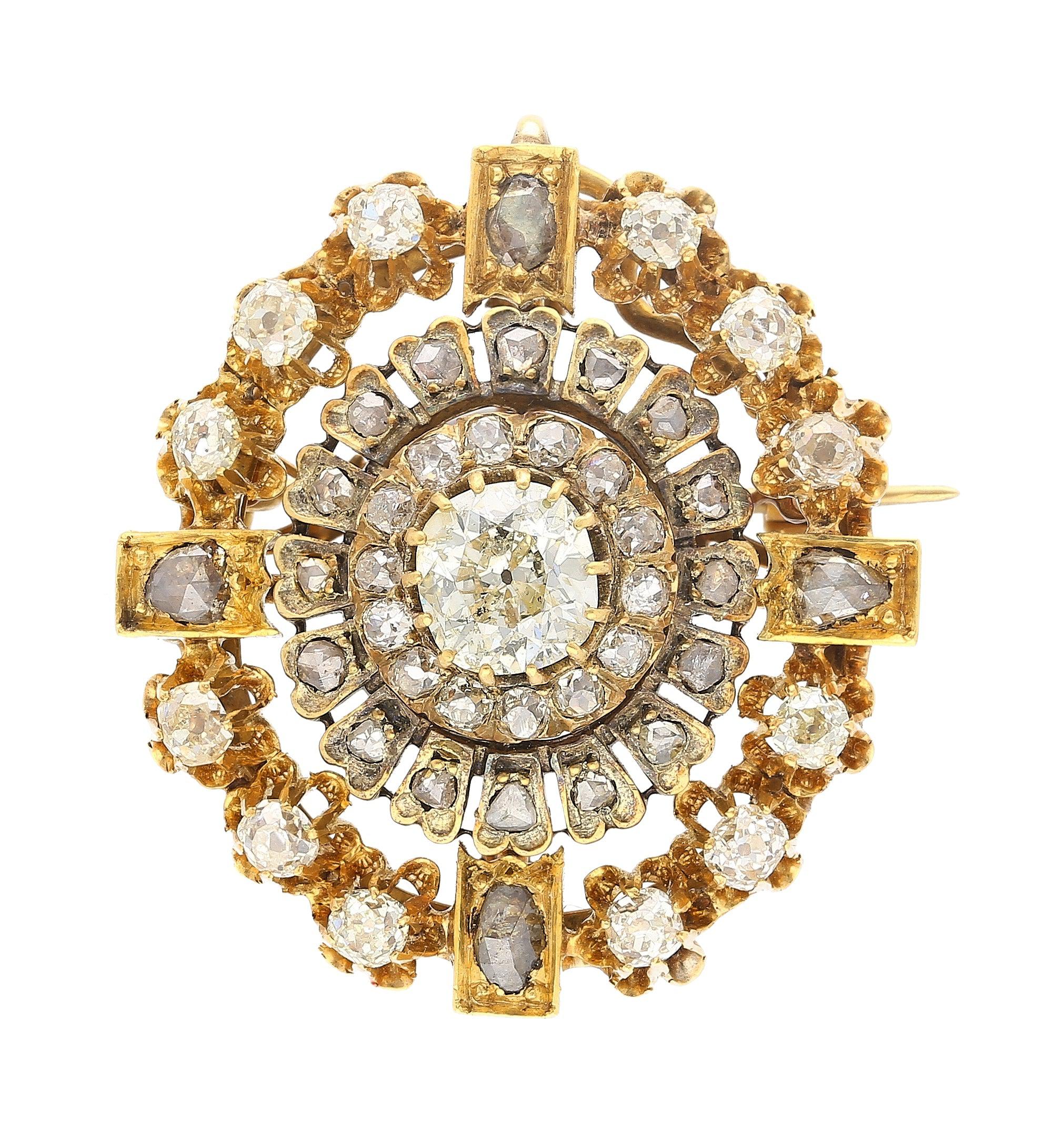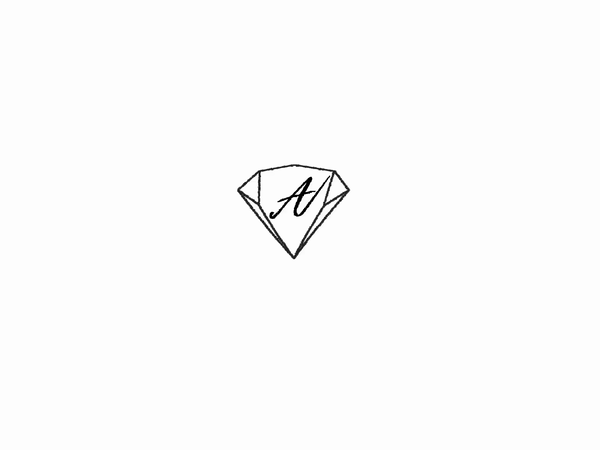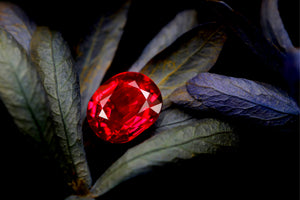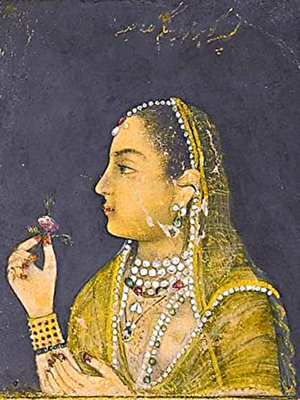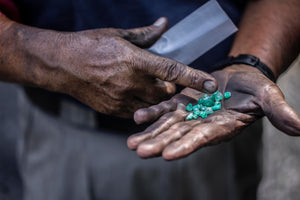Abarcando el reinado de la Reina Victoria de Inglaterra, quien fue el ícono preeminente de la moda y la cultura de su tiempo, la Era Victoriana es uno de los períodos más destacados de la historia de la joyería antigua. Impulsada por la primera revolución industrial, la Reina Victoria gobernó durante un período de crecimiento sin precedentes en Gran Bretaña. A medida que surgía una clase media, las mujeres ganaban mayor independencia y la exploración global se volvía más fácil, los gustos de este país en rápido desarrollo seguían.
Esta era fue conocida desde el principio por su joyería de oro de colores claros con perlas, entre otras piedras preciosas. Las flores, los animales y otros motivos basados en la naturaleza eran abundantes. Este fue el estilo de joyería preeminente en la cultura europea hasta que su esposo, el Príncipe Alberto, falleció en 1961. Esto llevó a un cambio en el estilo de la Reina Victoria hacia el negro de luto, ya que la joyería gótica se convirtió en el estilo predominante. El oro se recubriría con esmalte negro y piedras como los diamantes negros y el ónice se volvieron comunes.
Uno de los períodos más largos de la joyería europea antigua, el período que lleva su nombre es uno de los más venerados por coleccionistas e historiadores por igual. Durante la Era Victoriana, el paisaje de la joyería se definió por tres subcategorías principales: el Período Romántico, el Gran Período y el Período Estético. Cada uno de estos períodos contaba con características clave distintivas, abarcando diversas fuentes de inspiración, el uso de diferentes materiales y la prominencia de tipos específicos de joyería. Esta diversidad en estilos e influencias contribuyó a la rica tapicería del diseño de joyería victoriana, dejando un impacto duradero en el mundo de la ornamentación.
Victorian Era (1837-1901)
Spanning the reign of Queen Victoria of England, who was the preeminent fashion and culture icon of her time, the Victorian Era is one of the preeminent periods of antique jewelry lore. Spearheaded by the first industrial revolution, Queen Victoria ruled over a period of unprecedented growth in Great Britain. As a middle class emerged, women gained further independence, and global exploration became easier, the tastes of this rapidly-developing country followed.

This era was known early on for its light-colored gold jewelry with pearls, amongst other gemstones. Flowers, animals, and other nature-based motifs were abundant. This was the preeminent jewelry style in European culture until her husband, Prince Albert, passed away in 1961. This led a change in Queen Victoria’s style to a mourner’s black, as gothic jewelry became the prominent style. Gold would be plated with black enamel and stones such as black diamonds and onyx became mainstream.

One of the longest eras of antique European jewelry, the eponymously-named period is among the most revered by collectors and historians alike.
During the Victorian Era, the jewelry landscape was defined by three main subcategories: the Romantic Period, the Grand Period, and the Aesthetic Period. Each of these periods boasted distinctive key features, encompassing varied sources of inspiration, the use of different materials, and the prominence of specific types of jewelry. This diversity in styles and influences contributed to the rich tapestry of Victorian jewelry design, leaving a lasting impact on the world of adornment.
The Romantic Period:
Spanning from 1837-1861, this period featured softer delicate patterns, with the prominent use of gold as the main metal. Brooches and hair jewelry were quite popular as well.
The Grand Period:
Spanning from 1861-1885. This period saw a shift from delicate to bold designs, mirroring evolving social roles and female representation. Imitations and costume jewelry arose, as women demanded to study, vote and have financial autonomy. Common motifs involved naturalistic elements such as as dragonflies, butterflies, and beetles.


Aesthetic Period:
Spanning from 1885-1901. As women became more prominent in the workforce, this saw a decline in the purchases of fine jewelry for daily wear.
As their roles expanded and activities diversified, the need for more practical and versatile adornments became evident. Consequently, the era of large Victorian jewelry gradually gave way to the emergence of smaller and more adaptable Edwardian pieces, perfectly suited to accommodate the changing times and the dynamic lives of these empowered women. Pieces with a lower elevation, smaller profile, and more subtle gemstones became popular.
